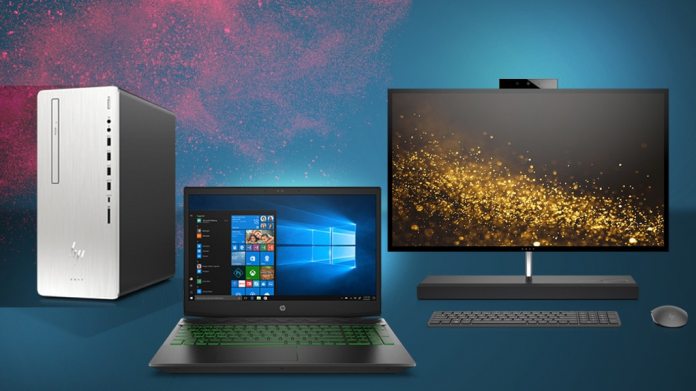It is worth noting that the automatic roll out is happening through Windows Update. This is once again a normal Windows launch, so the October 2018 Update will be rolling out in stages. That means for the moment, only select devices are receiving the update. Microsoft has been on a long journey to get to this stage. Indeed, the automatic roll out comes over three months after the company first unveiled Windows 10 October 2018 Update (version 1809) and started the original release cycle. “We are now starting our phased rollout to users via Windows Update, initially offering the update to devices we believe will have the best update experience based on our next-generation machine-learning model,” Microsoft says on Windows Update. As usual, users who are comfortable doing so can manually find and install the update. You may remember it was the manual update that caused Microsoft to pull the first roll out of version 1809. Specifically, the release was deleting personal user files.
An Update with History
Microsoft initially launched the platform on October 2 alongside new Surface devices. However, version 1809 was quickly put on ice as the manual update was deleting personal user files. Before being paused, the update was reaching millions of users. After being pulled, users were affected by a ZIP extraction fault, a file association problem, and an activation downgrade flaw. After re-introducing Windows 10 October 2018 Update in November, Microsoft has taken a cautious approach. Maintaining more control over the roll out was a good decision as problems persisted through December. Microsoft blocked users running specific Intel drivers from downloading the re-released update. Apple and Microsoft started working together to solve an iCloud bug affecting version 1809. The companies confirmed the issue stopped iCloud installations by telling users there is no compatibility.




